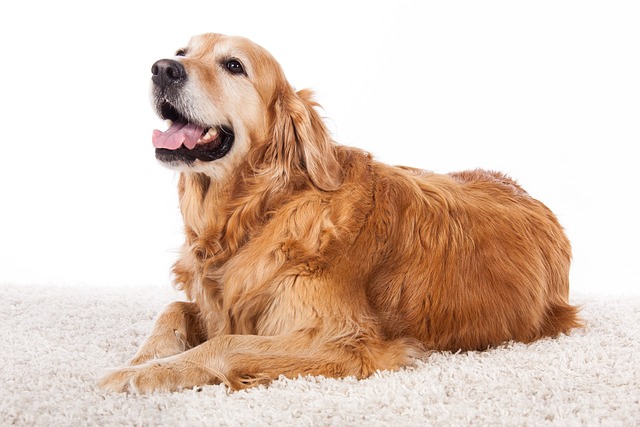
How do i train my dog to be obedient?
Watching your dog dart across the park ignoring your calls isn’t just frustrating—it can put them at risk near busy streets or public spaces.
There's nothing quite like the sinking feeling when your walk grinds to a halt because your dog has spotted a "monster"—maybe it's a fluttering plastic bag or a noisy garbage truck—and now they're planted firmly on the sidewalk, trembling. For a new dog owner, these moments are frustrating and heart-wrenching in equal measure. Calming an anxious dog on a walk isn't about winning a battle of wills; it's about becoming their trusted guide in a world that feels too big and too scary for them.
The science behind this anxiety often boils down to an overstimulated nervous system. Your dog isn't being stubborn; they're in a state of "fight or flight," overwhelmed by stimuli they can't process. This could be genetic, a lack of early socialization, or a single negative past experience. The most effective way to change this is through counter-conditioning and desensitization—fancy terms for creating new, positive associations with the things that scare them. This is where the cultural shift in dog training is crucial. Old-school methods like leash-popping or verbal scolding will only confirm your dog's fear that the outside world is indeed a threatening place, potentially making their anxiety worse. Modern, force-free positive reinforcement is not just the kinder approach; it's the most effective for building genuine confidence.

So, what does this look like in practice? Your number one tool is distance. Create space between your dog and the trigger until they notice it but don't react—their body language will be loose, and they might even be able to take a treat. This is their "threshold." At that moment, become a treat dispenser! Use extra-special, high-value rewards like tiny pieces of real meat or cheese. You're teaching them that the sight of a scary thing predicts amazing things. If they react, you've gotten too close; calmly move away to reset. For some dogs, simply turning and walking in the opposite direction is the kindest and most effective calming technique. It tells them you've heard their concern and are handling it, which builds immense trust.
This mindful approach to your dog's mental well-being is a key part of your broader legal and social responsibilities. Before you even head out, ensure your dog’s rabies vaccination and local license are current—this is a non-negotiable law across the U.S. and is especially important if your anxious dog were ever to react unpredictably. Furthermore, an anxious dog might have more frequent bowel movements due to stress. Carrying an ample supply of poop bags and cleaning up immediately is a fundamental duty. It shows your community that, even while managing your dog's challenges, you remain a respectful and compliant neighbor.
This consideration extends to your environment. If you live in an apartment, choose off-peak hours for your training walks to avoid crowded lobbies or sidewalks. A simple "We're training!" offered with a smile to an approaching neighbor can preempt any issues and often earns you space and patience. Remember, your goal isn't a perfect heel; it's a calm and connected dog. Celebrating small victories, like a calm glance at a trigger, reinforces the behavior you want and strengthens the bond that makes every walk a little easier than the last.

Watching your dog dart across the park ignoring your calls isn’t just frustrating—it can put them at risk near busy streets or public spaces.

New puppy owners often find themselves rushing to clean up accidents before they set in, and that’s where puppy pad training becomes a game-changer.

If you've noticed your dog's waistline disappearing and your veterinarian has mentioned those few extra pounds, your first instinct might be to simply reduce the amount of food in their bowl.

Training a dog to use a designated spot indoors isn’t as daunting as many new owners fear, but it does take consistency and an understanding of your pet’s needs.

That moment of dread on a walk is all too familiar for many new dog owners. You see another dog approaching down the sidewalk of your neighborhood

If the sight of another dog on your neighborhood walk makes your heart sink as your own dog erupts into a frenzy of barking and lunging, you're not alone.